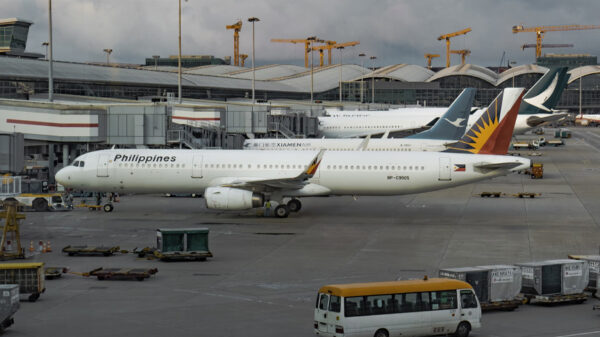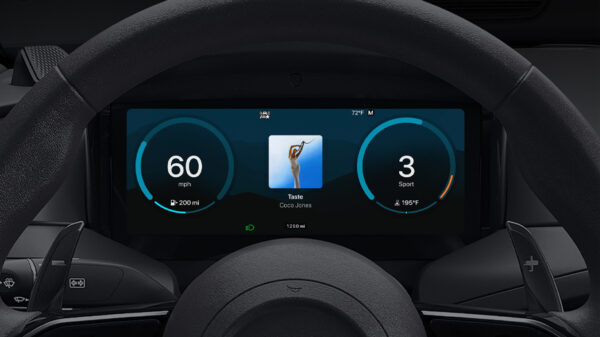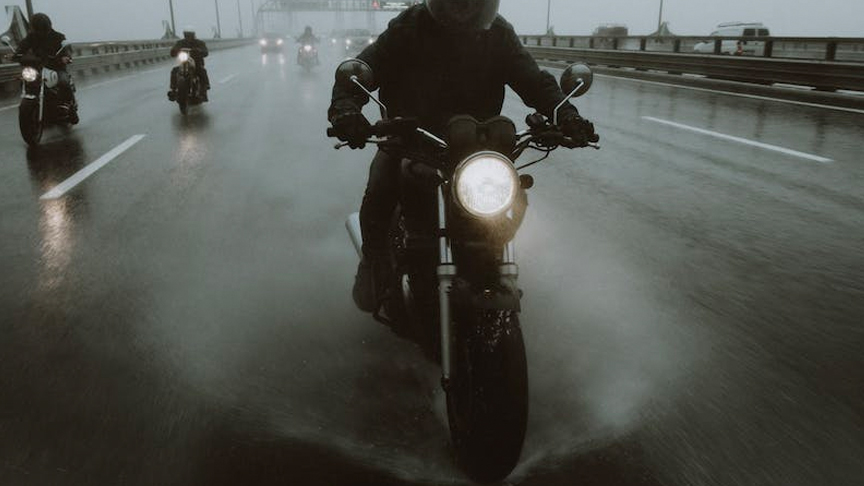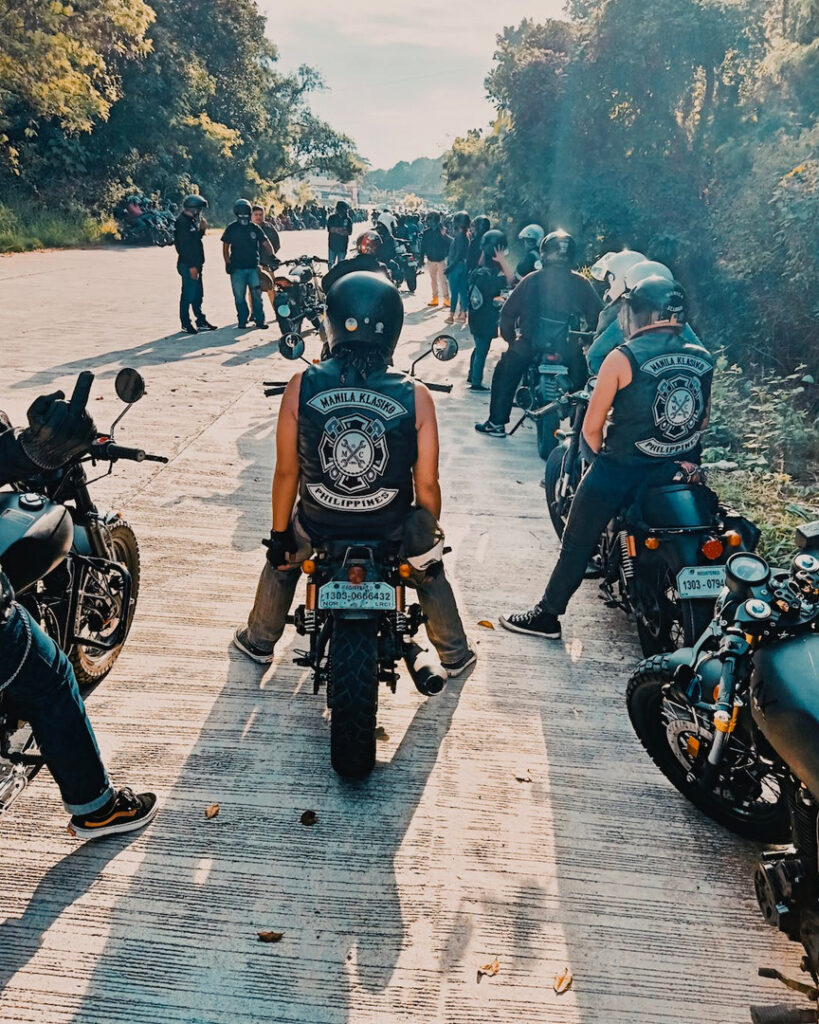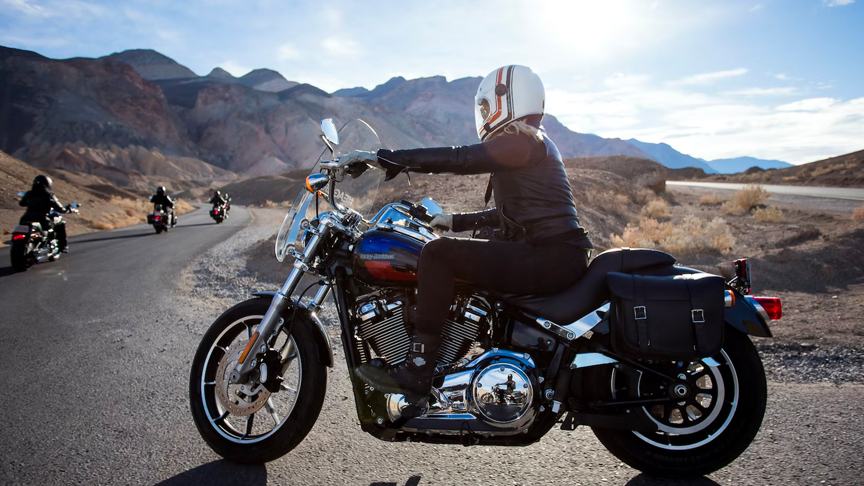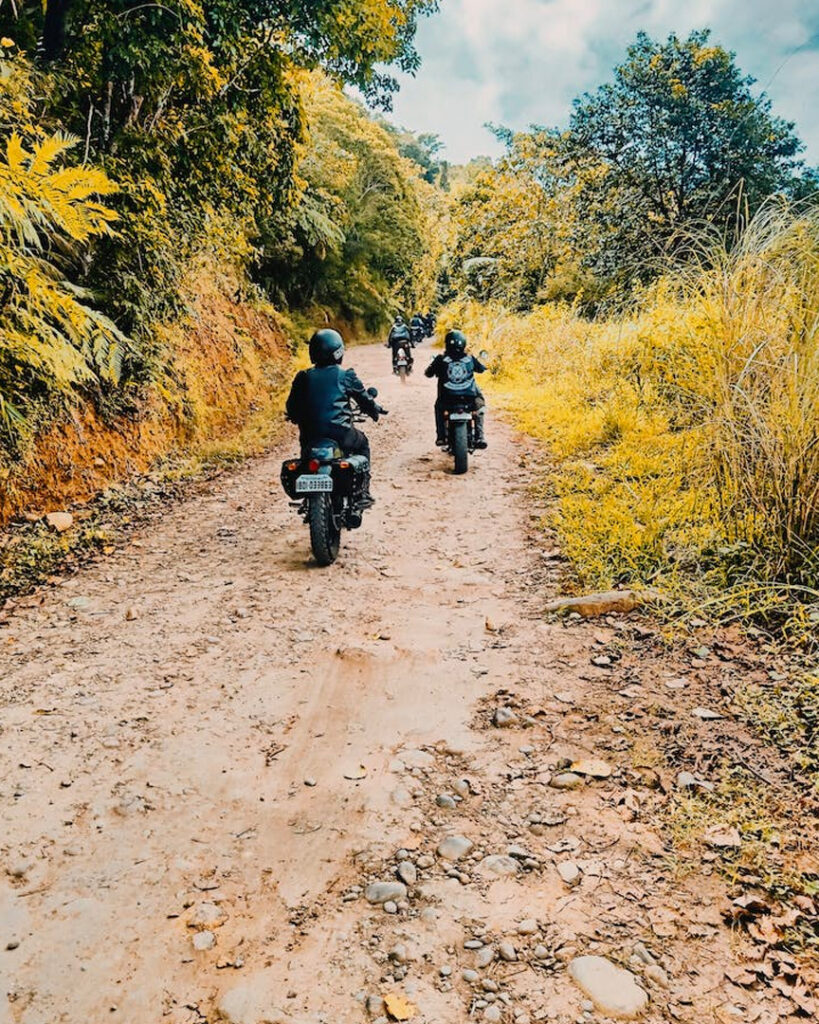There are different types of motors in the Philippines. The same can be said for people, and this is what makes things interesting for everyone, especially if you are to join a group motorcycle riding trip.
We provide some tips below to make the overall experience memorable and productive for everyone.
Assess the skills of the joiners.
Each rider has different sets of strengths and weaknesses that define who they are. If you’re friends with most of the joiners and this is not your first time organizing a ride with them, chances are you have a good idea how the joiners ride and what helpful role each joiner can have in the group.
Appoint your leader.
While we’re on the topic of creating a group and assigning roles, it’s also a must to have someone as the leader. The leader isn’t necessarily the one with the best motorcycle riding skills. In this regard, you can set your set of criteria to determine this. Some of the factors that can affect decision-making in this aspect include the following:
- The need to speak another language (depending on your intended destination)
- Ability to navigate traffic without a hitch
- Sufficient knowledge in hand signals.
These are merely suggestions, and you can definitely add more to the list as you go.
Arrange a meeting.
You can designate the roles while in the meeting if everyone is up to it. While online meetings are fine, you can also opt for in-person ones, especially if most of the joiners haven’t met each other yet. Consider this as a preliminary meeting to acquaint everyone and build rapport before D-day.
Prepare alternative plans in case the team gets separated.
First off, remind everyone beforehand not to panic. While it can be unnerving and unsettling to deal with a lot of things alone, you can’t do anything productive if your mind is everywhere but the solution. Keep in touch with the rest of the members and make sure that everyone is safe while regrouping.
Have a limit of joiners.
We can’t stress this enough. While it’s usually the more, the merrier, this doesn’t always apply to group rides. Aside from the fact that this makes it harder to monitor everyone’s whereabouts, it can cause a traffic problem if one of the members gets on a mishap. Ideally, there should only be five or six people per party. As much as possible, make the group an even number–more on this later.
If a lot of people are interested in going on this ride, consider breaking up the group into smaller ones and have each group conduct their own meeting. That way, it’s easier to monitor everyone who will join. This will significantly decrease the risks of having a risky ride for everyone.
Have a buddy system.
Aside from having a smaller group, the members should have their buddy for this trip. This will even make monitoring a lot easier. Thus, the need to have an even number for the group of members. Having a partner to monitor and report your current status also promotes accountability within the group. In the process, it improves the quality of the trip and make the overall experience pleasantly memorable for everyone.
Keep it friendly.
While the group should focus on safety above all else, keeping the mood light and fun is a great way to keep things interesting, especially if you have to travel more than a couple of miles. Crack acceptable jokes from time to time, let them know of your past adventures (or misadventures), and simply laugh at the most absurd things that you’ll encounter along the way. These are small things, but can make a great impact when brought together.
Compromise in case of conflicts.
In case two members have a disagreement over something, try to mediate and listen to the points they raise. Look for common grounds and start the mediation from there. Also provide some inputs of warranted, and don’t resume the trip unless the issue has been settled completely. Otherwise, you may run the risk of having other issues that may affect the overall riding experience of the entire party.
Mind your formation.
Don’t go for a straight formation regardless of the number of joiners. Instead, go for a staggered one. A staggered formation can help your group see better in terms of the vehicles ahead, as well as those incoming from the opposite lane. Remember to keep the distance between each motorcycle at least two seconds apart. This will give each member of the group enough time to react in case they need to pull the brakes due to road-related concerns.
Prepare all that you need to bring.
Don’t entirely depend on your group for your essential needs. Pack your first aid kit, put together a packed lunch, and bring enough water for the trip. Also include a rain kit in your pack in case there’s a downpour. While the weather forecast promises a sunny day ahead, you can never be sure what will happen on the day itself.
Strategic overtaking is a must.
Like considering the ideal formation for the group, you need to keep in mind that proper overtaking is important to keep everyone safe, especially if you’re dealing with large vehicles, such as trucks and vans.
Overtake the vehicle in question one at a time. Don’t rush it for the sake of everyone completing the task. If the group has been temporarily separated because of this, wait for the next best opportunity for the next batch to overtake one by one. Do this until everyone regroups.
Make adjustments as needed.
Even if the group came up with a solid plan, there are some instances that unexpected events will take place. In cases like this, you should be ready with your contingency plans and adjust depending on the situation you’re faced with. Talk about it among yourselves if you have to, then come up with a final collective decision and stick to it unless you have to make another adjustment to accommodate the group’s needs at the moment.
Work on constant communication.
There are cellphones, radios, and bluetooth earphones to include in your starter kits. There are also hand signals in case the reception is too bad. Whatever mode of communication you choose for your group, be consistent with the “language” you use to avoid confusion throughout the ride.
Follow all the traffic rules.
This is a given, but there are people who think that this only applies to roads and nowhere else. It can also apply to trails even if there are no enforcers to facilitate the flow of traffic. This becomes even more important if you’re going to a place that you’re not familiar with.
Stick to your goal.
It’s understandable that you can get tempted to go on side trips as you pass by great scenery and seemingly comfy food spots. Or sometimes, things can really get discouraging if the roads are too steep or full of obstacles. In this regard, keep in mind why you wanted to go to your destination in the first place. Stick to that mindset and keep at it until you get there. It may take longer than expected, but you’ll reach your goal no matter what.
As with all riding groups and similar experiences, make sure all the members of the riding team are aware that good attitude should always come first.



